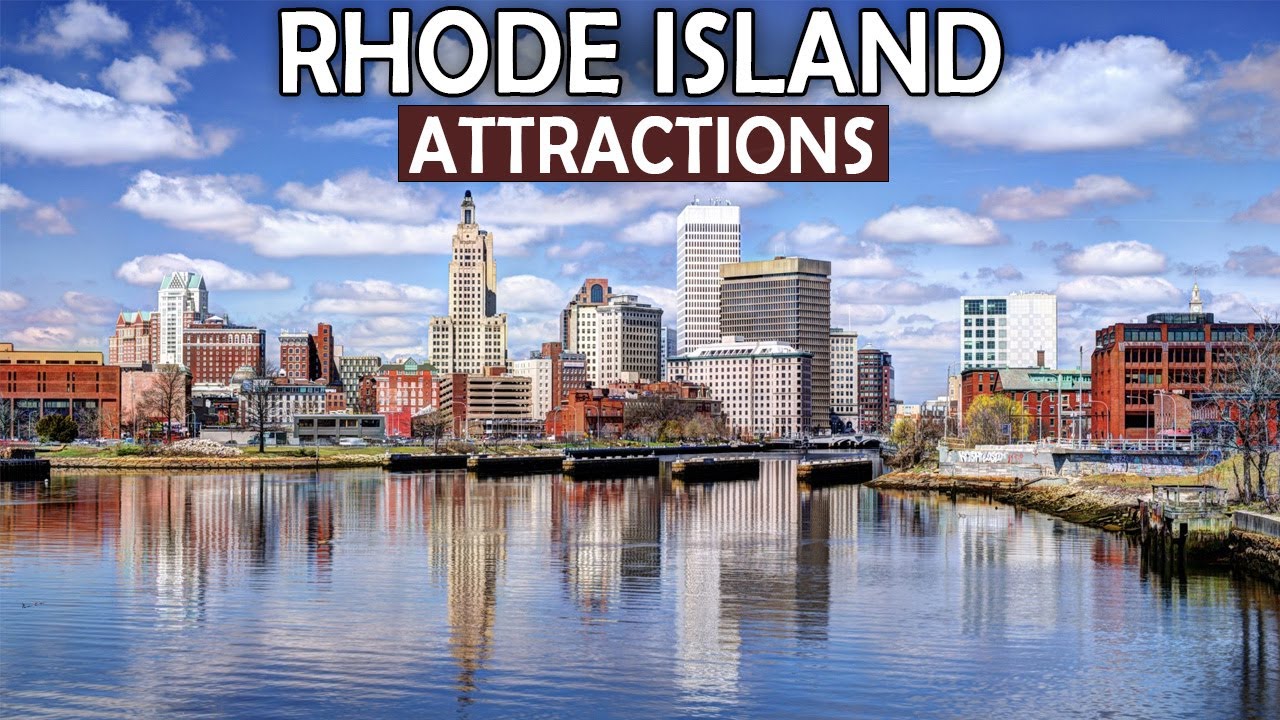Introduction to Rhode Island’s Geographical Location
Rhode Island, the smallest state in the United States, is located in the New England region of the country. Despite its size, Rhode Island has a rich geographical location that encompasses various features, including its position within the United States, latitude and longitude coordinates, geography and borders, neighboring states, coastal location, and relation to the Atlantic Ocean.
Rhode Island’s Position within the United States
Rhode Island is situated in the northeastern part of the United States, specifically in the New England region. It is positioned between Connecticut to the west and Massachusetts to the north and east. The state’s southern border is bordered by the Atlantic Ocean, giving it a unique coastal position.
Rhode Island’s Latitude and Longitude Coordinates
Rhode Island is located at approximately 41.5801° N latitude and 71.4774° W longitude. These coordinates place the state in the northern hemisphere and the western hemisphere.
Geography and Borders of Rhode Island
Rhode Island covers an area of approximately 1,214 square miles, making it the smallest state in the United States. The state is characterized by a diverse landscape, including rolling hills, forests, and small rivers. It has a total of 384 miles of coastline, showcasing its coastal beauty.
Rhode Island’s Neighboring States
Rhode Island shares its borders with two neighboring states. To the west, it is bordered by Connecticut, and to the north and east, it is bordered by Massachusetts. These close proximity to other states allows for easy access and transportation between the regions.
Rhode Island’s Coastal Location and Relation to the Atlantic Ocean
Rhode Island’s southern border is formed by the Atlantic Ocean, providing the state with a significant coastal location. The coastline stretches for approximately 384 miles, offering breathtaking beaches and picturesque views of the ocean. This coastal access has played a crucial role in the state’s history and economy.
Rhode Island’s Position in New England
Rhode Island is one of the six states that make up the New England region of the United States. Along with Connecticut, Maine, Massachusetts, New Hampshire, and Vermont, Rhode Island contributes to the vibrant cultural and historical heritage of the region. Its unique position within New England adds to its overall charm.
Rhode Island’s Distance from Major Cities
Rhode Island is located within close proximity to several major cities in the northeastern United States. For example, it is approximately 50 miles south of Boston, Massachusetts, and around 150 miles northeast of New York City. Its central location allows for easy access to these bustling metropolitan areas.
Overview of Rhode Island’s Topographic Features
Rhode Island’s topography is characterized by rolling hills, especially in the western region of the state. The state also features various bodies of water, including lakes and rivers, such as the Blackstone River and the Pawtuxet River. These topographic features contribute to the state’s natural beauty and provide recreational opportunities for residents and visitors.
Climate and Weather Patterns in Rhode Island
Rhode Island experiences a humid continental climate, characterized by warm summers and cold winters. The state’s proximity to the Atlantic Ocean influences its weather patterns, leading to milder temperatures compared to inland regions. However, Rhode Island is also susceptible to nor’easters, coastal storms, and occasional hurricanes due to its coastal location.
How Rhode Island’s Location Influences Its Economy
Rhode Island’s geographical location has a significant impact on its economy. The state’s access to the Atlantic Ocean and its 384 miles of coastline make it a hub for maritime activities, such as shipping, fishing, and tourism. Additionally, its proximity to major cities like Boston and New York City fosters economic opportunities in various sectors, including finance, healthcare, and education.
Conclusion: Appreciating Rhode Island’s Unique Place in America
Rhode Island’s geographical location, despite being the smallest state in the United States, offers a diverse range of features and opportunities. From its coastal position and relation to the Atlantic Ocean to its proximity to major cities and its place within the New England region, Rhode Island holds a unique place in America. Its topographic features, climate, and economic influences further contribute to the state’s distinct charm and significance. Whether it is exploring the coastline, enjoying the natural beauty, or engaging in economic activities, Rhode Island’s location provides a vibrant and dynamic environment for its residents and visitors.





